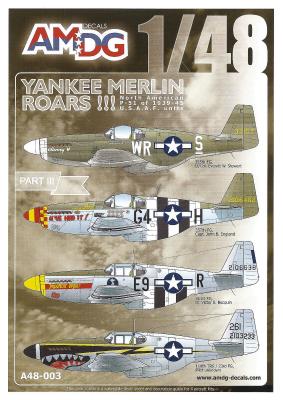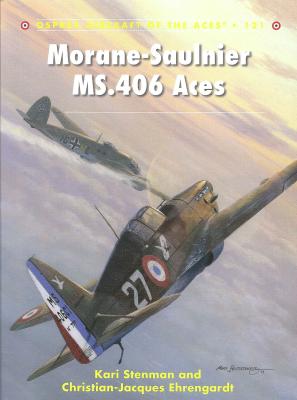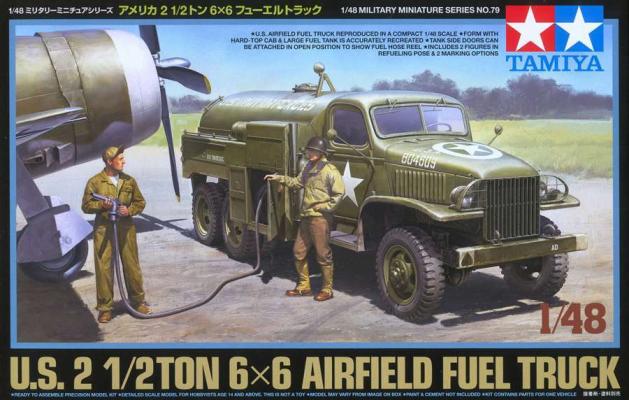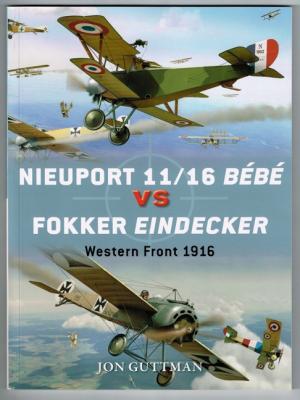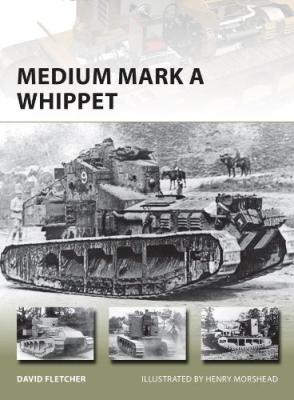This is one of four P-51 decal sheets produced by a new decal maker, A.M.D.G. Decals. A.M.D.G. seems to be one of those companies “by and for” modelers. If you have a look at the company website, you will find their philosophy on the “About Us” page. They seem to have a very enthusiastic and passionate approach to this, and this decal sheet does a great job of demonstrating it!
This sheet has complete markings (including four sets of national insignia and propeller data stencils) for all of the aircraft depicted. There are three UK-based subjects and one based in China. The amount of research done for these four schemes is readily apparent after reading the instructions.
Markings provided are for the following Mustangs:

